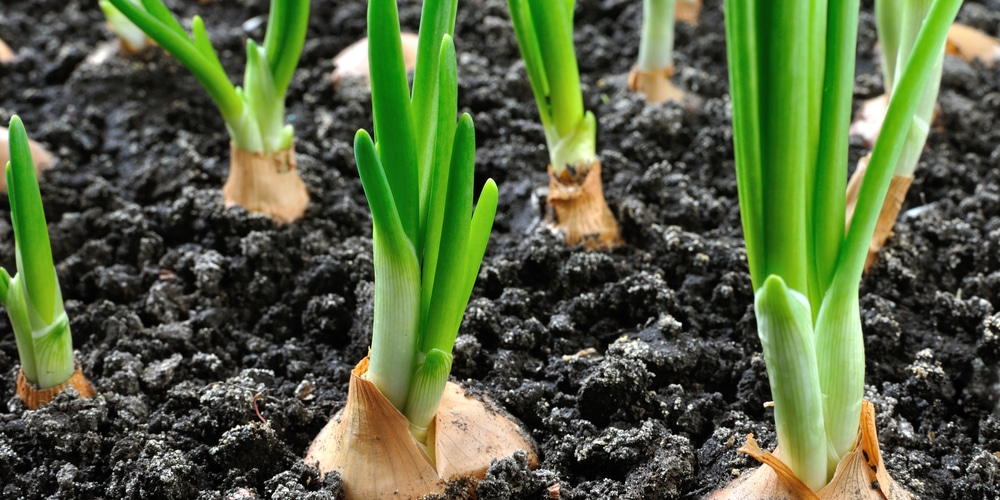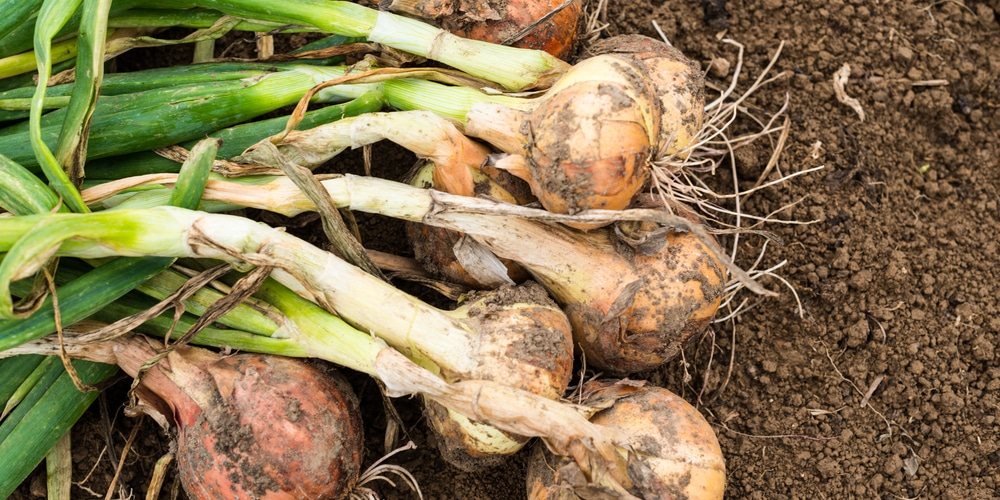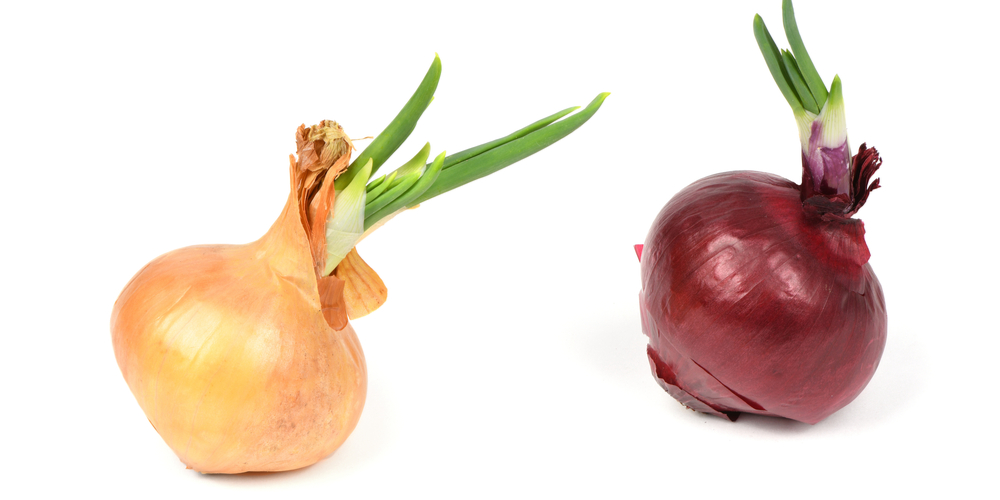Onions are a great crop to plant in the fall. They are hardy plants that can withstand cooler temperatures, and they will produce onions early in the spring.
If you are looking for a new vegetable to plant in your garden this fall, consider planting onions. In this article, we will discuss the best way to plant onions in the fall so that you can enjoy a bountiful harvest next spring!
Best Time To Plant Onions
Onions are a cool-weather crop that grows best in spring or fall. The best time to plant onions in most regions is in early spring, as soon as the ground can be worked.
This gives the plants a chance to develop a strong root system before the hot summer weather arrives. However, it’s best to plant onions in late summer or early fall in areas with HOT summers.
This allows the plants to mature before the heat sets in and prevents them from bolting (going to seed).
Why Plant In Fall?
Fall is the best time to plant onions if you’re looking for a bigger harvest next summer. The soil is warmer in autumn, which leads to faster germination and growth.
Onions planted in the spring may not have the same opportunity to grow as large since the soil temperatures are still cool from winter. In addition, planting in the fall means that you can avoid the potential for frost damage that can occur when planting too early in the spring.
So if you’re looking for a bumper crop of onions, be sure to plant them in the fall.
How To Plant Onions
Fall is the perfect time to start thinking about planting a garden, and onions are a delicious and versatile addition to any home-grown bounty. Here are a few tips on how to get started.
Onions can be planted directly in the ground or started indoors in pots. If you’re planting outdoors, wait until the soil has warmed up and create small hills or ridges about 6 inches apart. Sow the seeds sparingly on the mound, then cover with about ½ inch of soil. Keep the area watered, so the soil stays moist but not soggy.
Once the seedlings have sprouted and grown about 4 inches tall, thin them out, so they are spaced about 6 inches apart. If you’re starting your onions indoors, sow the seeds in pots or a tray filled with seed-starting mix. Keep the soil moist and provide plenty of light; a south-facing windowsill is ideal.
When watering onions, avoid wetting the leaves as this can encourage fungal diseases. Water early in the day so that the leaves have time to dry before nightfall. In general, onions prefer well-drained soil with a pH between 6.0 and 6.8.
They also need plenty of organic matter to help hold moisture in the soil. So, when planting onions, be sure to amend the soil with compost or other organic matter.
Where To Plant Onions
Onions are versatile and easy-to-grow vegetables that can be planted in various locations. They can be grown in the ground or in containers, thriving in sunny and shady spots. When choosing a location for your onions, make sure to pick a spot that has well-drained soil.
Onions also prefer soil high in organic matter, so adding compost or manure to the planting area is a good idea. In terms of when to plant onions, they can be planted as soon as the ground can be worked in the spring.
Onion seeds can also be started indoors four to six weeks before the last frost date. Once they are big enough to handle, transplant them into the garden.
Best Practices In Planting Onions
If you’re looking to add onions to your fall garden, there are a few things to keep in mind. Here are some best practices for planting onions:
- Plant onion sets or transplants rather than seeds. Onions are a cool-season crop, so they should be planted in early spring or late fall. If you’re planting in the fall, look for sets (small, immature onions) or transplants (larger, more established plants). Planting sets or transplants will give you a head start on the growing season and will result in larger, earlier-maturing onions.
- Amend your soil with compost or manure. Onions are heavy feeders, so they benefit from fertile soil. Add a few inches of compost or manure to the planting area a few weeks before planting.
- Plant onions in full sun. Onions need at least six hours of sunlight per day to thrive. Choose a spot in your garden that gets plenty of sun.
Fall planting onions: Conclusion
Onions are delicious and easy-to-grow vegetables that can be planted in the spring or fall. Fall is the best time to plant onions if you’re looking for a bigger harvest, as the soil is warmer and there is less risk of frost damage.
When planting onions, choose a location with well-drained soil and plenty of organic matter. With a little care, you’ll be able to enjoy fresh onions from your garden in no time!
Related Article: When to Plant Onions in Zone 6?


